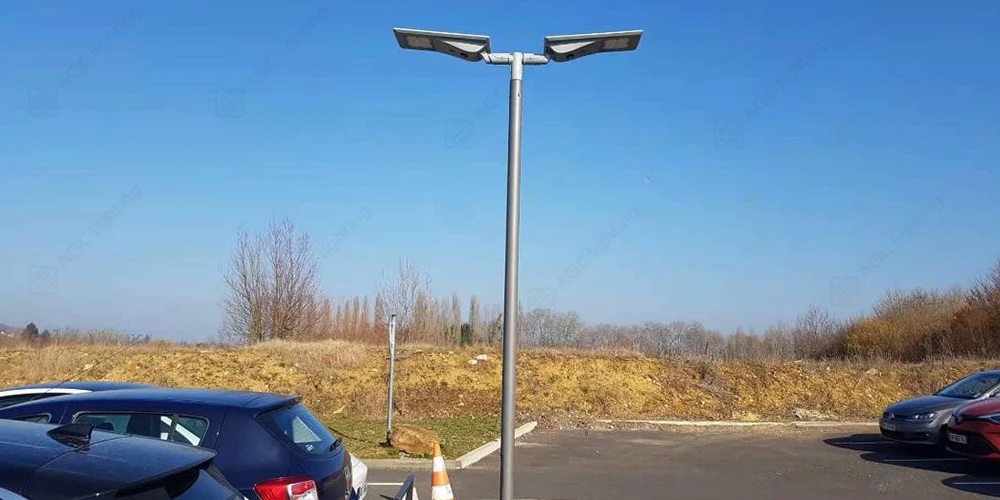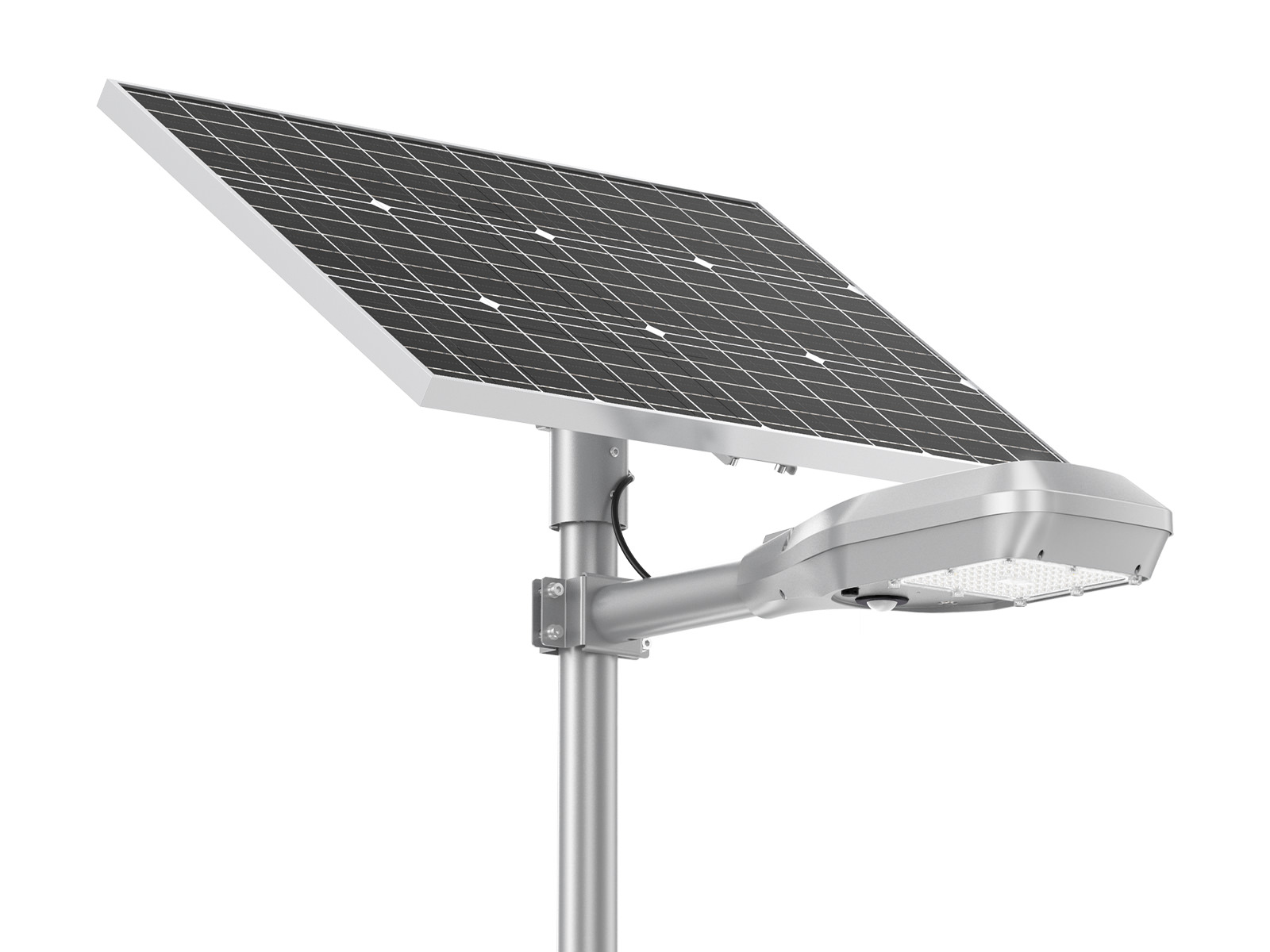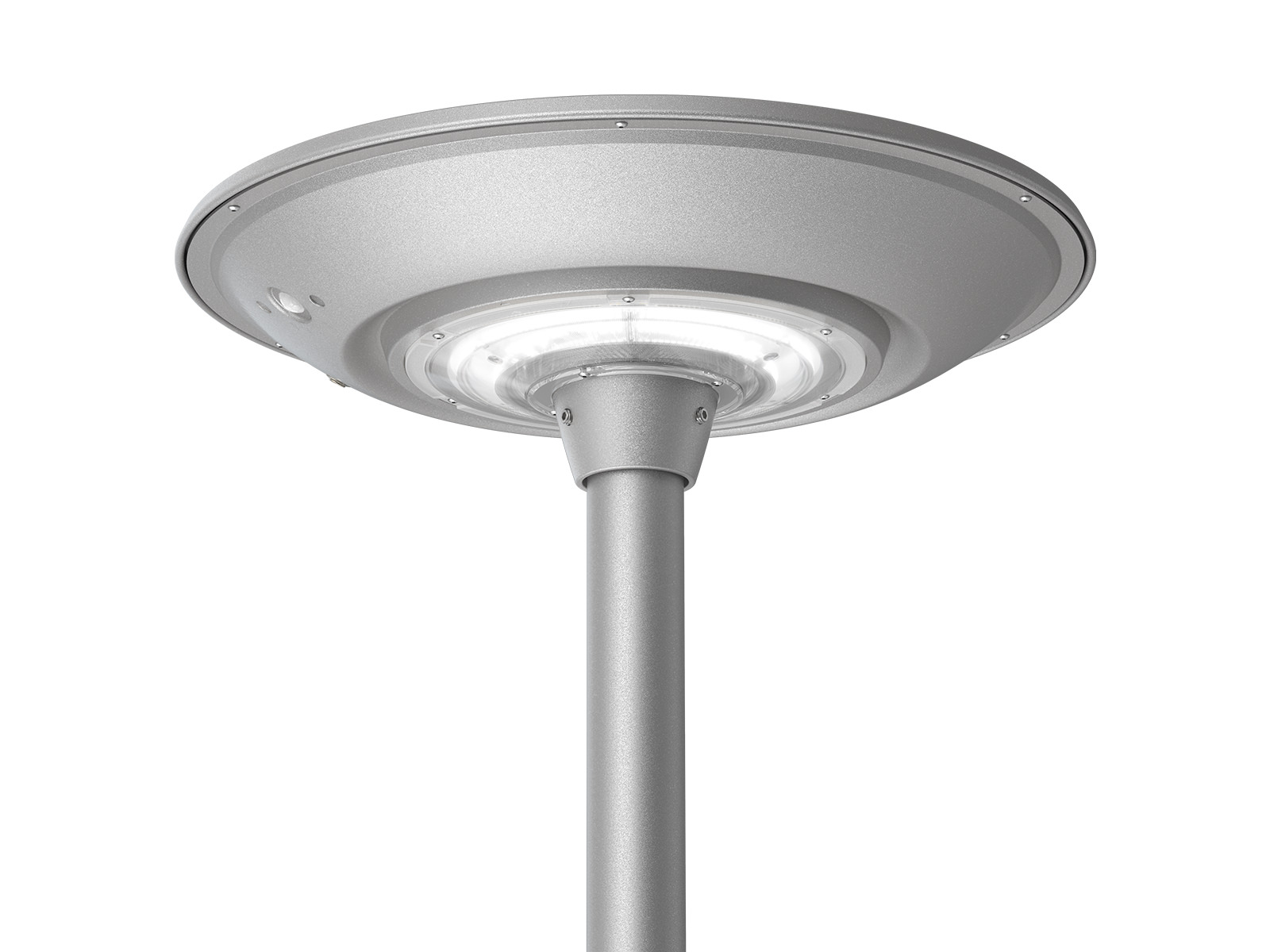When choosing solar street lights, several factors come into play to ensure optimal performance and longevity:
1. Battery Type: Lithium-ion batteries are generally preferred due to their high energy density, longer lifespan, and better performance in varying weather conditions compared to traditional lead-acid batteries.
2. Capacity: The battery capacity is typically measured in Wh. For solar street lights, higher capacity batteries (e.g., 600Wh to 1100Wh or more) are desirable to ensure they can store enough energy to power the light through nights or periods of low sunlight.
3. Solar Panel Capacity: The solar panel should be sized appropriately to recharge the battery during daylight hours. A larger solar panel can charge the battery faster and more efficiently, especially in locations with less sunlight or during winter months.
4. Efficiency: Choose solar street lights with efficient charge controllers and LED light fixtures to minimize energy losses and maximize the use of stored energy.
5. Durability: Ensure that the battery is designed for outdoor use and can withstand the environmental conditions where the street light will be installed (e.g., temperature variations, moisture, dust).
6. Autonomy: The battery capacity should be sufficient to provide autonomy (number of days the light can operate without sunlight) according to local weather conditions and lighting requirements.
7. Manufacturer and Warranty: Opt for reputable manufacturers who provide warranties and have a track record of reliable products. This ensures you get a quality product with good customer support.
In summary, solar street light involves selecting the right type and size of battery, ensuring efficient charging and usage, and considering the environmental factors of the installation location. This approach ensures that the solar street light operates reliably and efficiently over its lifespan.



















